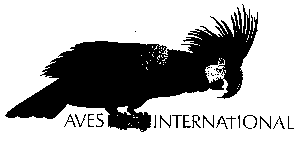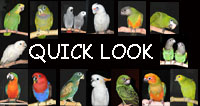 |
Aves International 2002 |
|
|
|
|
|
|
|
|
|
|
|
|
|
|
|
|
|
|
Main Page
|
(prices and availability) |
 |
PAGE SIX
(updated 8/14/02)






































